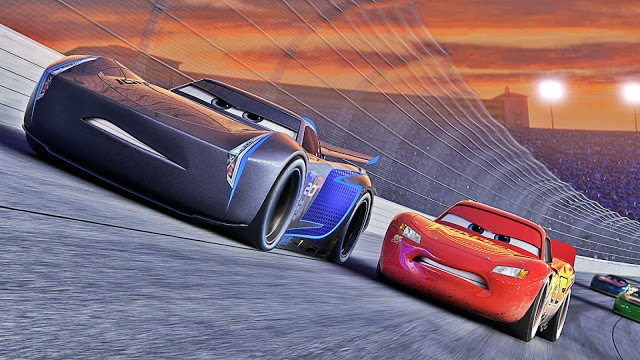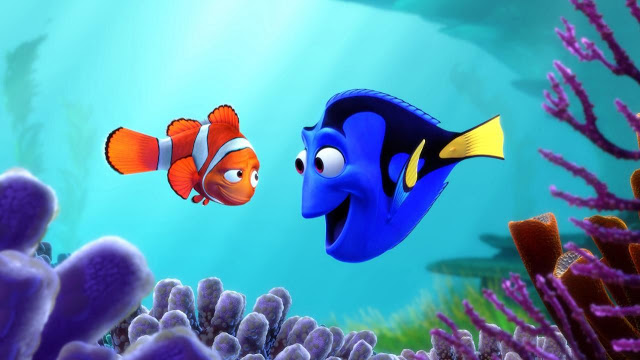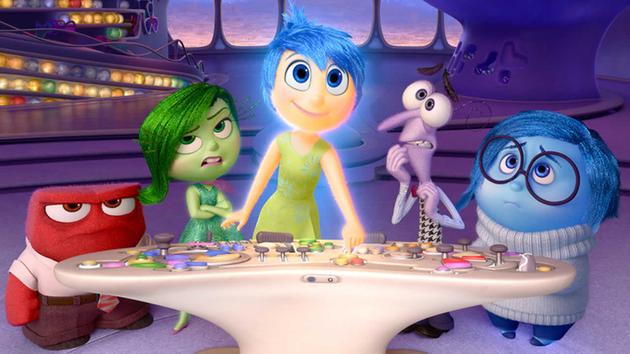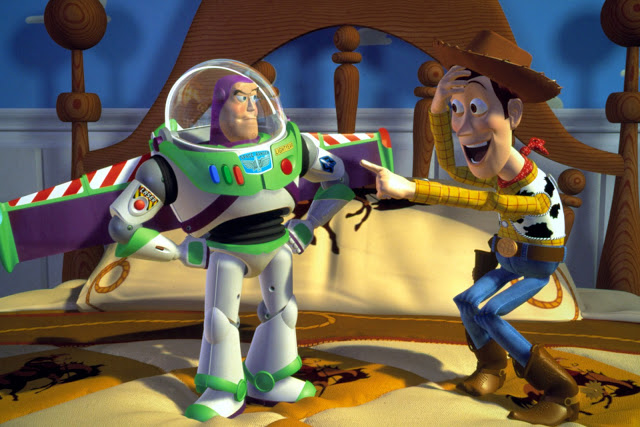Cars 3: Vroom and Doom
Pixar’s best movies are so amazingly, miraculously good, their lesser efforts can become underappreciated by comparison. The common phrase “second-tier Pixar”—often applied to, say, the fairy-tale familiarity of Brave, the slobs-versus-snobs hijinks of Monsters University, or the poky adventure of The Good Dinosaur—necessarily implies a sense of relative failure, even if all of those films are variously rewarding. But the Cars movies are different. It remains vexing that the wizard studio—presumably motivated by merchandising rather than storytelling—has insisted on turning its least interesting property into a commodified, pandering franchise. (Of course, Pixar’s other trilogy is literally about products that are purchased for children, but the Toy Story pictures also happen to be great.) When the first Cars dropped in 2006, it immediately claimed the title of “worst Pixar movie ever made”, its airy pleasantness overshadowed by the string of ingenious hits that had preceded it. Five years later, Cars 2 took that title for its own; a stunningly stupid action-comedy centered on Larry the Cable Guy’s Mater (a character who makes Jar Jar Binks seem fascinating and three-dimensional), it wasn’t just a comparative disappointment—it was a legitimately bad movie.
Perhaps the nicest thing I can say about Cars 3 is that, following its release, the unofficial tally of “Bad Pixar Movies” remains stuck at one. That’s because this latest sequel—harmless and piddling, with just a whiff of thoughtfulness and originality—is too innocuous and well-meaning to be bad. But neither is it good enough to qualify as second-tier Pixar, a designation that confers with it an attempt at beauty, ambition, and imagination. Even the studio’s weaker films at least try to be memorable, but in its relentless congeniality, Cars 3 seems calculated to make as little impact as possible. No wonder its characters constantly drive around in circles. Read More





